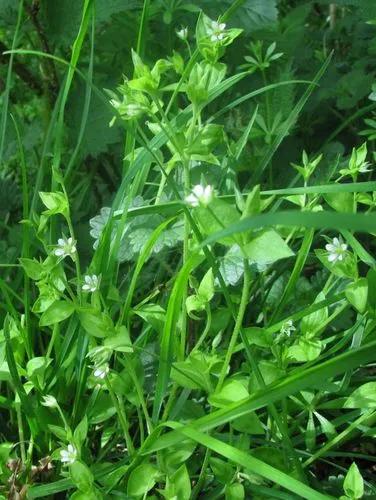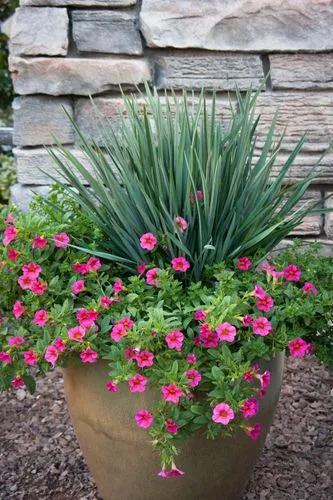A roadside and lawn weed, first collected in Michigan at Detroit (Wayne Co.) in 1930, but not gathered again until the late 1950’s (in the Upper Peninsula). An Old World native, still sparingly introduced in Michigan. The heads are yellow. See also comments under Hypochaeris radicata and Scorzoneroides autumnalis.
The distinctive minutely forked tips on many of the hairs are a feature shared with the leafy-stemmed Picris hieracioides and with L. hispidus L., not yet known from Michigan and differing in having also some short-stalked stellate hairs and all achenes with a pappus of the type occurring in the central flowers of L. saxatilis.
Solitary yellow dandelion-type flower heads at the tips of branches forking off a central stem, typically 2 to 5 flowers per stem, though larger plants may be further branched. Flowers are ¾ to about 1 inch across with 20 to 30 ray flowers (petals) that are flat, tongue-like (a.k.a. “ligulate”) and have 5 tiny teeth at the tip. Each ray is attached to the fertile flower consisting of fused anthers and stigma/style.The outer rays are commonly streaked with red on the underside. The bracts (phyllaries) surrounding the base of the flower are in 2 or 3 layers, lance-linear, tapering to a pointed tip, hairless or sparsely covered in woolly hairs. Flower stalks/branches are hairless to sparsely woolly hairy, with scattered scale-like bracts.Fruit is a dry seed, reddish to purplish-brown, with a tuft of light brown hairs (pappus) to carry it off in the wind.
Leaves form a dense rosette around the base of the plant, lance-oblong or spatula shaped in outline, 2 to 8 inches long and up to 1½ inches wide. Leaves are mostly hairless, sometimes sparsely hairy.Seeds are 4 to 7 mm long, narrowly cylindric to spindle-shaped, the feathery hairs about as long as the seed.
This plant is useful.
How to get rid of:
everal references note that it can grow to over 2 feet in height; one may presume the flower stems are fairly heavily branched, but where we've encountered it, it's been little more than 8 inches tall and probably subject to repeated mowings.










